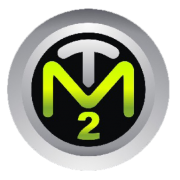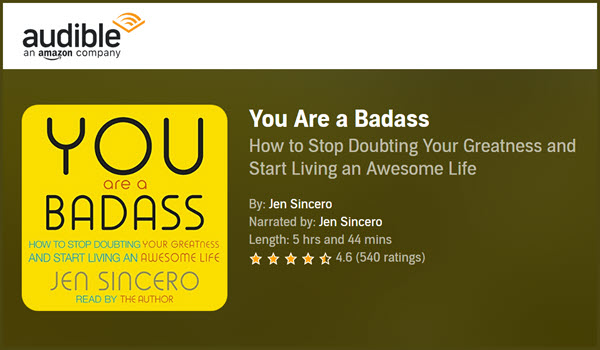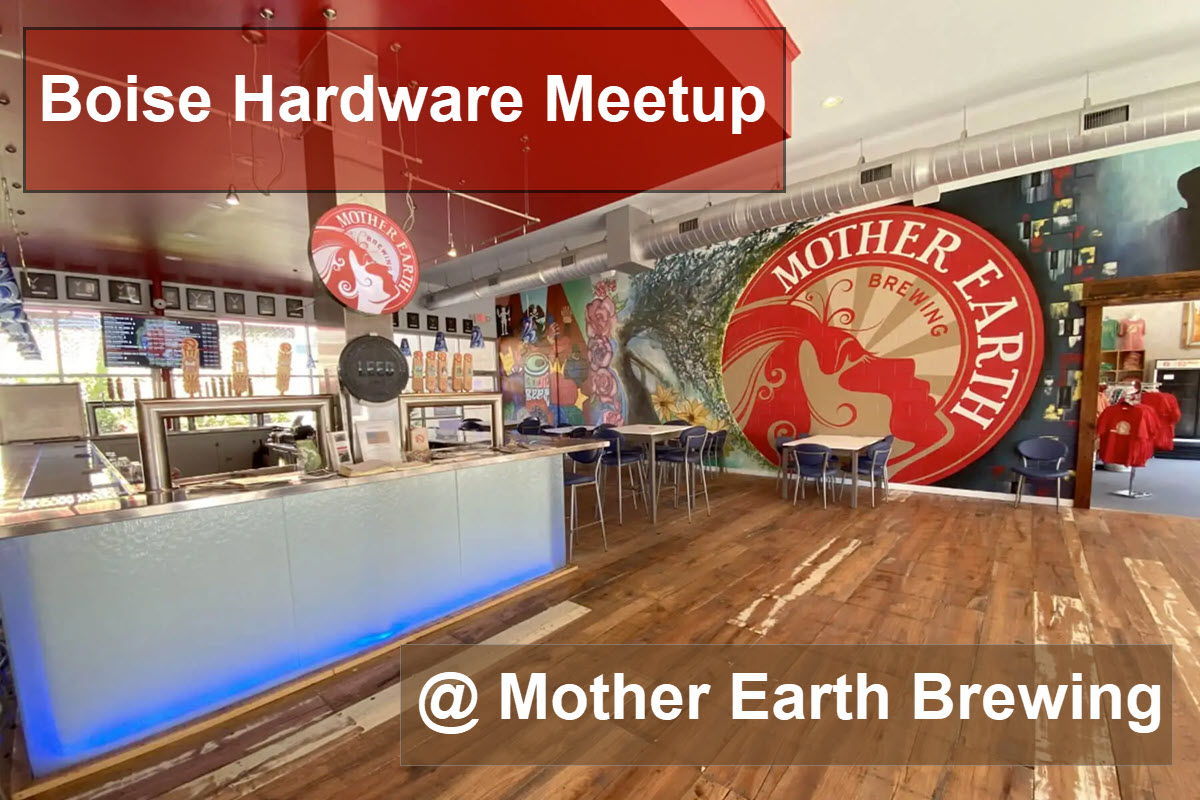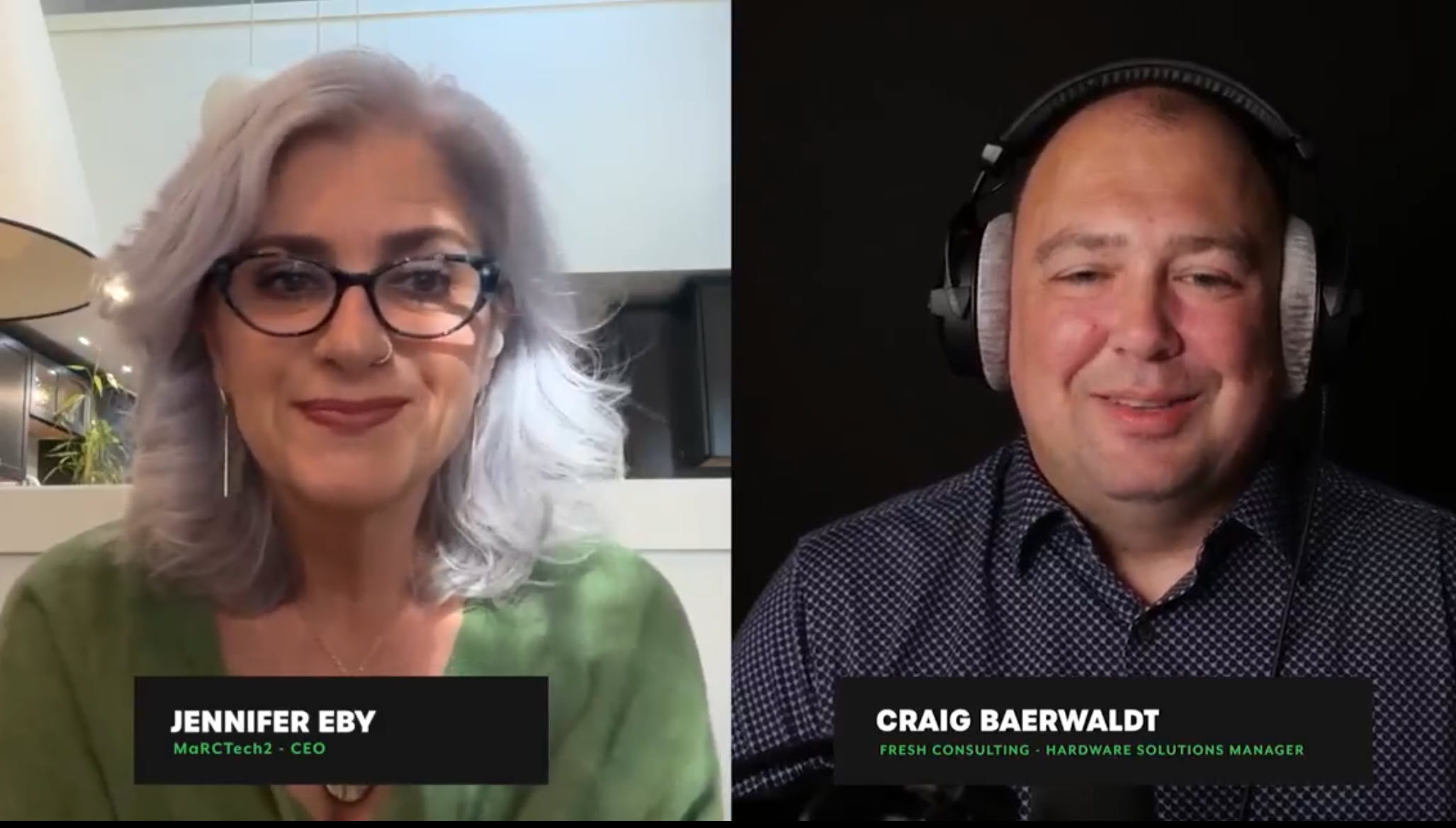
Burnout among design engineers, like professionals in many fields, can be attributed to a multitude of factors including high expectations, tight deadlines, rapid technological changes, complex and interdisciplinary projects, limited resources, role ambiguity, and organizational politics. Additional stressors include emotional attachment to their work, challenges in work-life balance, lack of recognition, continuous learning requirements, job insecurity, isolation due to intense focus, and multitasking demands.
Primary reasons for design engineer burnout include:
1) Isolation:
Design work often requires deep concentration, which might result in prolonged periods of isolation, leading to feelings of disconnection from colleagues or the broader organization.
Isolation in the context of design engineering can be a significant factor contributing to burnout, and it often manifests in a few key ways.
 Consider Sarah, a design engineer working for a tech company. Her current project involves designing a complex component for a new electronic device. The nature of her work requires deep concentration, meticulous attention to detail, and extended periods of focused work, often with CAD software or in simulation environments. As a result, Sarah spends most of her day in her office or cubicle, engrossed in her design tasks.
Consider Sarah, a design engineer working for a tech company. Her current project involves designing a complex component for a new electronic device. The nature of her work requires deep concentration, meticulous attention to detail, and extended periods of focused work, often with CAD software or in simulation environments. As a result, Sarah spends most of her day in her office or cubicle, engrossed in her design tasks.
Due to the intense focus required for her work, Sarah has minimal interaction with her colleagues throughout the day. Her breaks are often spent quickly and alone, as she is either catching up on other tasks or mentally preparing for the next phase of her design work.
As Sarah is deeply involved in her project, she misses out on informal conversations, team meetings, or social gatherings that happen. This can lead to a lack of awareness of broader organizational developments or even team dynamics.
Over time, this isolation can lead to feelings of disconnection from her team and the organization. Sarah might start feeling that her work is undervalued or that she is out of the loop on important decisions.
The isolation can also impact her ability to build a support network within the workplace, which is crucial for discussing challenges, sharing ideas, or simply unwinding from the pressures of work.
A good action item for Sarah is to connect with Jennifer Eby at MaRCTech2. Jennifer is well connected and can support Sarah. Jennifer will happily implement regular check-ins or progress sharing. Jennifer encourages collaboration design engineers to excel.
2) High Expectations:
The demand for innovation and perfection is often high. Design engineers frequently face pressure to produce groundbreaking work, yet simultaneously ensure it's free of flaws. Engineers don’t like to be average; they demand perfection from themselves and others. This is an excellent mindset but also delays projects and adds stress on the path to burnout.
3) Frequent Deadlines:
Tight schedules and strict deadlines can result in long hours and a constantly stressful environment. Over time, this can contribute significantly to burnout.
4) Rapid Technological Changes:
The pace of technological advancement can be challenging to keep up with. Continuous learning and adapting to new tools or methods can be exhausting.
5) Complexity of Projects:
As the world and its problems become more intricate, so too do the solutions. Projects can be vast, requiring a deep understanding of various disciplines, adding to the stress levels.
The increasing complexity of projects in design engineering is a significant factor that can contribute to stress and burnout. Let's explore this with an example.
 Imagine John, a design engineer working at an automotive company tasked with developing a new hybrid vehicle. This project is not just about designing a car; it integrates multiple complex systems – mechanical, electrical, software, and environmental considerations.
Imagine John, a design engineer working at an automotive company tasked with developing a new hybrid vehicle. This project is not just about designing a car; it integrates multiple complex systems – mechanical, electrical, software, and environmental considerations.
John's project involves coordinating with experts in different fields.
-
- mechanical engineers for the vehicle's engine and body
- electrical engineers for the battery and wiring
- software engineers for the onboard computer systems
- and environmental scientists to ensure the vehicle meets emission standards.
The project requires the integration of cutting-edge technologies, like
-
- advanced battery systems
- regenerative braking
- and sophisticated software for managing hybrid systems.
John must ensure that the design complies with a myriad of regulations, which vary by region and are constantly evolving, especially in the field of hybrid and electric vehicles.
Keeping up with the latest advancements in various fields requires continuous learning, which, while intellectually stimulating, can also be mentally taxing.
There is significant pressure to bring the vehicle to market swiftly to stay competitive, requiring John to work under tight deadlines. The speed of how quickly things change can make a project irrelevant. John knows well about the pressure of delivering complexities to be first in the market.
Action item for John:
Burnout experts recommend access to expert consultants (such as Jennifer Eby) to help manage complex aspects of the project. With Jennifer’s connections and resources, she provides a collaborative environment where design engineers can share knowledge and support.
6) Limited Resources:
Often, engineers are required to deliver high-quality designs with limited resources, be it time, manpower, or material.
7) Role Ambiguity:
In some organizations, design engineers may be caught in between the roles of pure designers and the roles that involve implementation. This ambiguity can lead to confusion and additional stress.
8) Interdisciplinary Conflicts:
Design engineers often need to work with professionals from other disciplines, which can lead to conflicts due to differences in priorities or understanding.
9) Emotional Attachment:
Engineers can become deeply connected to their designs. Repeated criticisms, design rejections, or seeing their designs shelved can be demoralizing.
10) Work-Life Balance:
Especially in crunch times, design engineers may have to put in extra hours, leading to an imbalance between work and personal life.
11) Organizational Politics:
Navigating the politics of an organization, managing expectations of stakeholders, and aligning designs with company objectives can add another layer of stress.
12) Lack of Recognition:
Like many professionals, design engineers want to feel that their contributions are recognized and valued. A lack of appreciation can lead to feelings of disillusionment and burnout.
13) Continual Learning:
The need for lifelong learning and continuous professional development, while vital, can also be a source of stress, especially if it's not supported by the employer.
14) Job Insecurity:
Economic downturns, outsourcing, and the volatility of certain industries can leave design engineers feeling uncertain about their job security.
15) Overloaded with Multiple Tasks:
In some companies, especially smaller ones, design engineers might be required to wear multiple hats, handling tasks beyond their primary job role.
Bonus = 16) Purpose – (mission):
Why am I doing this? Who am I serving?
Lack of a sense of purpose or meaning in one's work can be a major contributing factor to burnout, particularly in a field like design engineering where creativity and problem-solving are central. Let's explore this through an example.
 Consider Alice, a skilled design engineer working in a large electronics manufacturing company. She's been assigned to a project that involves designing generic components for a range of consumer electronics. Initially, Alice found the work challenging and engaging. However, over time, she begins to feel a lack of purpose in her role.
Consider Alice, a skilled design engineer working in a large electronics manufacturing company. She's been assigned to a project that involves designing generic components for a range of consumer electronics. Initially, Alice found the work challenging and engaging. However, over time, she begins to feel a lack of purpose in her role.
Alice's work has become repetitive, involving minor variations on the same basic designs. She feels like she's not utilizing her full range of skills or creativity.
She starts to perceive her role as having a limited impact on the end product. The components she designs are just small parts of a much larger machine, and she rarely sees the final product or its impact on consumers.
There's little opportunity for Alice to interact with the end-users of the products she helps to create. She lacks feedback on how her designs affect user experience or meet customer needs.
Alice feels disconnected from the broader goals and vision of her company. She's unsure how her work aligns with the company's objectives or contributes to any larger societal benefit.
Her work on these components seldom receives much recognition or appreciation, as they are considered routine parts of the larger products.
This scenario again be remedied with a connection and conversation with Jennifer Eby at MaRCTech2. Jennifer brings new life to a project and offers the needed connections.
Organizations can help alleviate burnout by fostering a positive work environment, ensuring realistic expectations and deadlines, providing necessary resources, offering opportunities for professional growth, and promoting a healthy work-life balance.
Which of the reasons resonated with you? Or you might see something that applies to a friend or associate? A quick call or email to Jennifer can be a catalyst to providing necessary resources and support for continuous learning and professional development. Jennifer and her team encourage and ensure collaboration and communication to reduce the impact that burnout has on an organization.
Take a moment to reach out to Jennifer to share your story and goals:
 The Solutions Expert you can come to with sourcing challenges.
The Solutions Expert you can come to with sourcing challenges.
Jennifer Eby
President/CEO
206-940-4528
jennifer@marctech2.com
Strong, Networked Connector - Having worked in the Electronics and Manufacturing Industry for 30 years, I am the Solutions Expert you can come to with sourcing challenges, high integrity solutions or for partnership feedback.
Specialties - Highly networked, excellent program management skills trusted and honest, printed circuit boards, electronics manufacturing, injection molding, passive components, power products, strategic partnerships, high integrity, power supplies, electrolytic capacitors, flexible circuits, rigid-flex circuits.
P.S. - If you are interested in some DIY development, Jennifer highly recommends this book:
You Are a Badass
- How to Stop Doubting Your Greatness and Start Living an Awesome Life
By: Jen Sincero
Narrated by: Jen Sincero
From the Author:
"You Are a Badass is the self-help audiobook for people who desperately want to improve their lives but don't want to get busted doing it.
In this refreshingly entertaining how-to guide, best-selling author and world-travelling success coach Jen Sincero serves up 27 bite-size chapters full of hilariously inspiring stories, sage advice, easy exercises, and the occasional swear word, helping you to:
- Identify and change the self-sabotaging beliefs and behaviours that stop you from getting what you want.
- Create a life you totally love. And create it now.
- Make some damn money already. The kind you've never made before.
By the end of You Are a Badass, you'll understand why you are how you are, how to love what you can't change, how to change what you don't love and how to use The Force to kick some serious ass.





